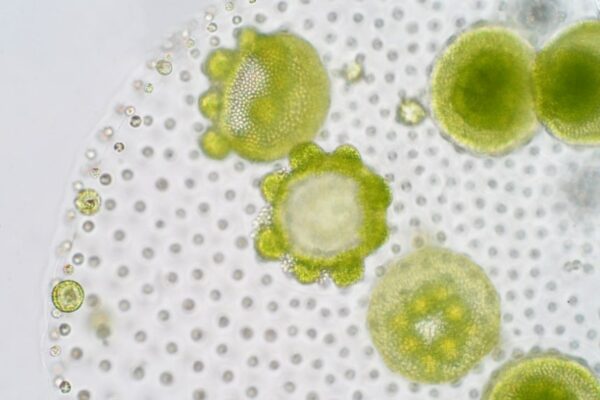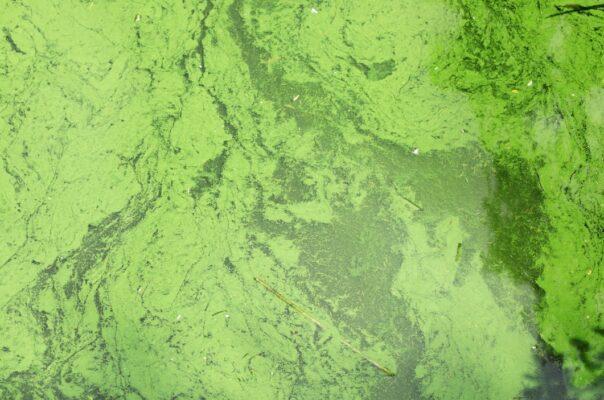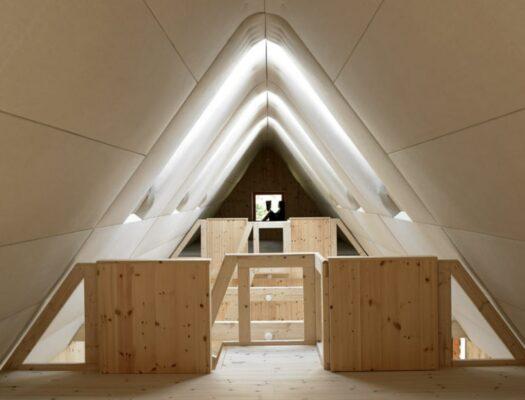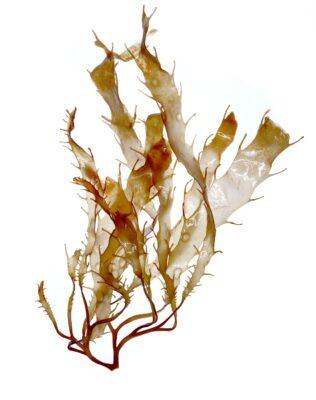While the ocean has always been an inexhaustible source of inspiration for architects, designers and artists, a new trend is now emerging: theuse of algae as innovative, sustainable materials.
These fascinating marine organisms, found in abundance in many parts of the world, boast extraordinary properties (practically non-flammable, non-rotting...). They offer an infinite range of possibilities, from the creation of new materials to the design of eco-friendly structures and objects.
Let's discover how algae are becoming a veritable green revolution.
New durable and aesthetic materials
Thanks to their rapid growth capacity and abundance, algae can be harvested responsibly to create eco-friendly materials.
Visionary designers are studying their amazing properties to devise alternatives to traditional materials. Algae-based bioplastics offer a promising alternative to polluting plastics. Not only are these materials biodegradable, they also boast a unique organic aesthetic, bringing a touch of nature to modern spaces.
In addition, the Samuel Tomatis studio has invented 6 new materials (rigid, flexible, paper, brick...) that can be used in a wide range of applications, including furniture, construction, packaging and textiles.


Seaweed panels are another innovative application. These lightweight, flexible panels can be used to create partitions, wall coverings and even furniture. Their natural texture and partial transparency make it possible to play with light and shadow, creating singular, soothing ambiences. One example is Esraa Fathy's "Bath Mat", made from microalgae filaments and Egyptian palm wood.
Towards organic architecture
Imagine buildings that live in symbiosis with their environment, capturing CO2 and producing oxygen thanks to integrated algae systems.
Some architects are already exploring this idea, designing biological facades that house algae. These act as living organisms, regulating interior temperature, filtering air and providing a renewable source of bio-solar energy. What's more, algae can be used in the construction of green roofs, where they play an essential role in water retention and the creation of a microclimate conducive to urban biodiversity.
The "Modern Seaweed House" project represents the pioneering concrete application of this approach: in 2013, for the first time, the Danish architectural studio Vandkunsten built a house whose exterior and interior walls were insulated using eelgrass algae.
Today, seaweed is also used in paint. The Algo brand is launching the first seaweed-based paints, produced in France in a short circuit. Texture and hold are fully equivalent to other "chemical" paints.


Thanks to the multiple possibilities they offer in architecture and design, seaweed represents a tangible creative and ecological response to the environmental challenges of our time. By integrating these marine organisms into our living and working spaces, we are paving the way for a future where nature and innovation come together harmoniously.
